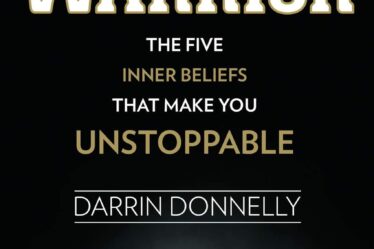
Writing a book review is often a true trickish problem for students and novice bloggers as they often have no idea where to start. Reasons are often deeply rooted in school traumas when teachers criticize personal ideas and vision of the story. Specialists in writing essays and reviews recommend reading as many reviews as possible to understand the main “hooks”, the structure, and the principle. There are lots of experienced bloggers on the Internet whose reviews are true masterpieces and you can get insights after reading them. However, if you have no time at the moment and urgently want to know how to break the ice and write a catchy book review? These 5 steps will help you meet your target.
Step #1. Write a brief summary of the story
It is highly desirable to keep the balance – to describe the overall picture and avoid excessive details at the same time. Describe the plot in a substantial manner to make your readers understand the key events and ideas of the story. For example, when you write a review of the book “Sister Carrie” by Theodor Dreiser, you can mention the fundamental events of the story: moving to Chicago – meeting Drouet – changes in her life – meeting Hurstwood. Don’t give details about the ending.
Step #2. Highlight the defining characteristics of the story
Main characters, their personal traits, and qualities, pivotal moments, impressive speeches – everything that creates the plot and the main conflict. Describe how the author copes with showing his characters’ feelings, emotions, reactions. Maybe something is missing.
For instance, in the book “The Count of Monte-Cristo” by Alexander Dumas, the main character, Edmond Dantes was imprisoned after the conspiracy of three insidious men. This is the first cornerstone of the book. The second is meeting an old man in the prison, escaping and starting a new life. So, you can briefly write about these clue events and personal changes in Edmont after 20 years of prison to make people understand the main conflict and reasons for Edmond’s behavior.
Step #3. Illustrate your arguments with quotes
Dialogues and monologues help to reveal the nature of the characters. When you read a book, underline the words that signal certain defining features like greediness, envy, cowardice, hypocrisy. Phases with manipulations are also a perfect material for your review.
Note! Quotes wouldn’t be too long, there is no need to copy paste long dialogues or monologues. 2-5 lines will be enough. You can write a quote and your explanation under or above it. Some quotes may be really short (2-3 words) yet with much sense.
Bear in mind that your opinion should be clear – give a precise evaluation of characters’ actions, your position should be firm. Of course, there are cases when you have dubious feelings: you like the person and hate him/her at the same time. If this happens, provide your arguments – write all the reasons for your love and hate, make readers understand that this person is worth understanding or blame.
Step #4. Make a good and informative conclusion
The conclusion is one of the constituent elements in any writing. It is meant for critical evaluation and drawing your own conclusions. You can make a statement that the problems revealed in the story have a strong correlation with the modern world. For instance, “The Animal Farm” by George Orwell proves the fact that a person always tries to usurp power, to exploit the vulnerable, and to control the masses as all this is a part of her nature. It existed 2000 years ago, it exists nowadays. You have to write a brief conclusion – read it twice to make sure that each word is important.
Step #5. Recommend similar books
You can add a list of books with some comments. For instance, when you write a review on the book “Anna Karenina’ by Leo Tolstoy, you can recommend books about other women with unfortunate love like “The Awakening” by Kate Chopin, “Hamlet” by Shakespear, “Madame Bovary” by Gustave Flaubert or “Mrs. Dalloway” by Virginia Woolf. These helpful resources will be highly appreciated by readers and they show personal touch and impressive research on the topic. Similarity can be on a different basis – similar ideas, personal traits, ending, love triangle, even city or year. For example, people who are fond of the Victorian epoch will gladly read books of this period (Dickens, Charlotte Bronte, William Thackeray, Elisabeth Gaskell, Jane Austin, etc).
The last thing is to read your paper at least twice. It will help to avoid stupid errors. Read carefully, without haste – maybe some fresh ideas will appear in your mind and you will complete your text with them.
If you write a book review for your blog, let your readers leave comments – so you’ll have feedback and a great opportunity to improve your style of writing.


